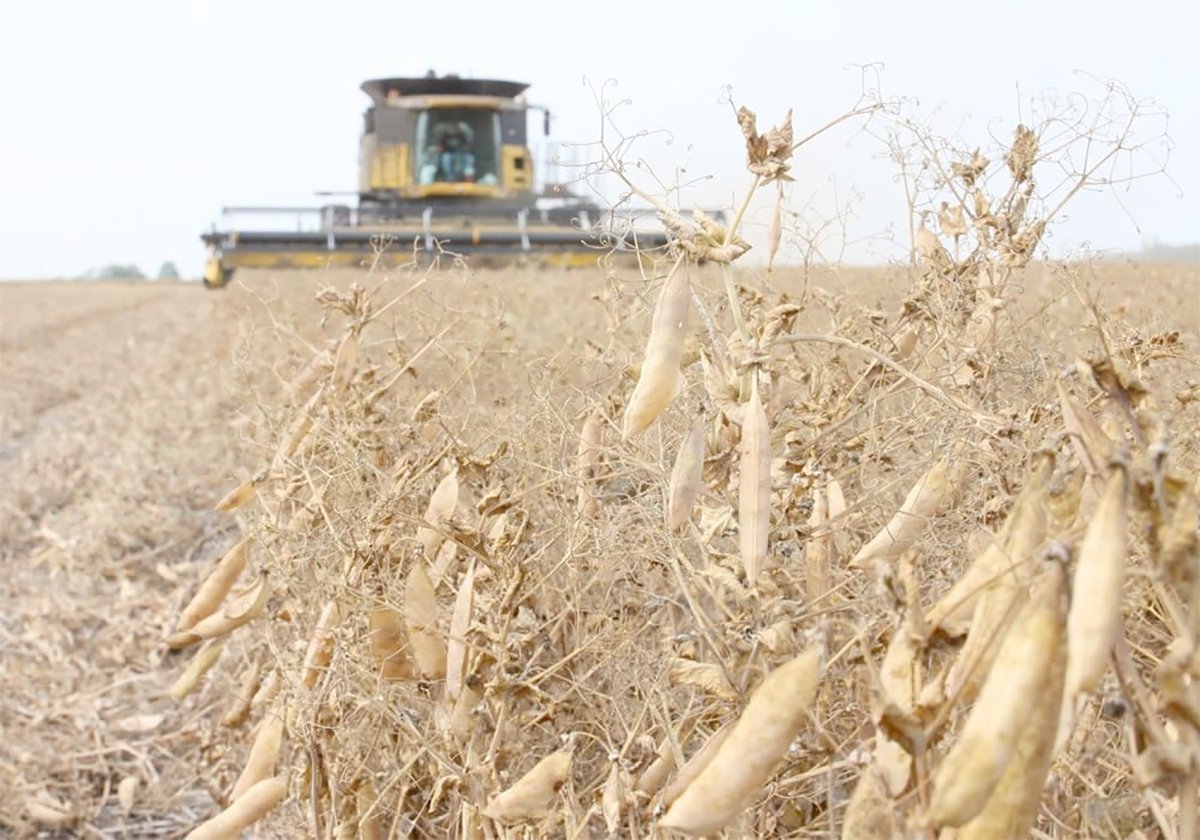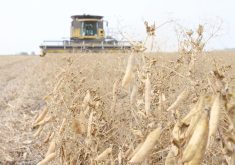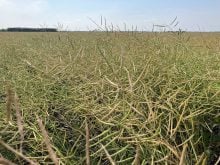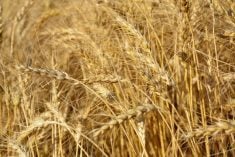SASKATOON – Ethanol plants are easy to spot on the prairie horizon by their telltale plume of steam, for now.
Heat has always been the catalyst that reduces wheat starch into a solution that can be used for products such as ethanol, glue, syrup, plastic and chemicals. Heat is also a major cost in the process.
Researchers at the University of Saskatchewan began looking at the end product 18 months ago and realized plants break down the starch without heat and that they too should be able to skip the hot step.
Read Also

Chinese, Indian tariffs take toll on pea prices
The disruption of pea exports from Canada’s largest customers will likely result in slow pea exports for the remainder of the crop year.
Plants, however, take as long as months to convert the starch and commercial applications cannot afford that amount of time. Scientists wanted to accelerate the process.
“We’ve just done something that plants do every day,” said Gordon Hill, of the university’s department of chemical engineering.
Time savings
Researchers have taken the same enzymes that plants use to break down the starch and, in combination with additives, developed a procedure that takes minutes.
Work has now begun to build a reactor that produces ethanol as part of the fermentation with the enzymes.
Heating the grain starch in conventional ethanol production eliminates the nutritional value of the remaining non-starch material. The new cold processing allows the byproducts to keep their nutrients and later be used for food ingredients.
The enzymes in the cold process can be recycled in order to reduce their cost as a replacement for the heat.
Researchers hope to complete work on the hardware that will enable them to produce ethanol on the laboratory bench in 1997.














